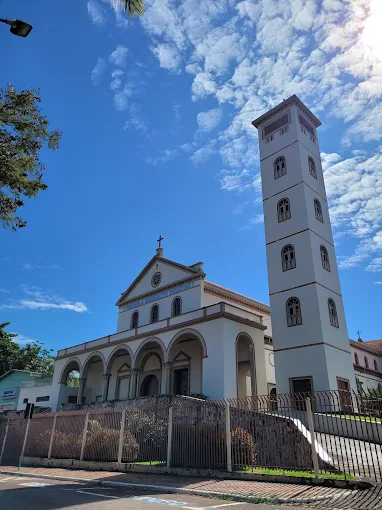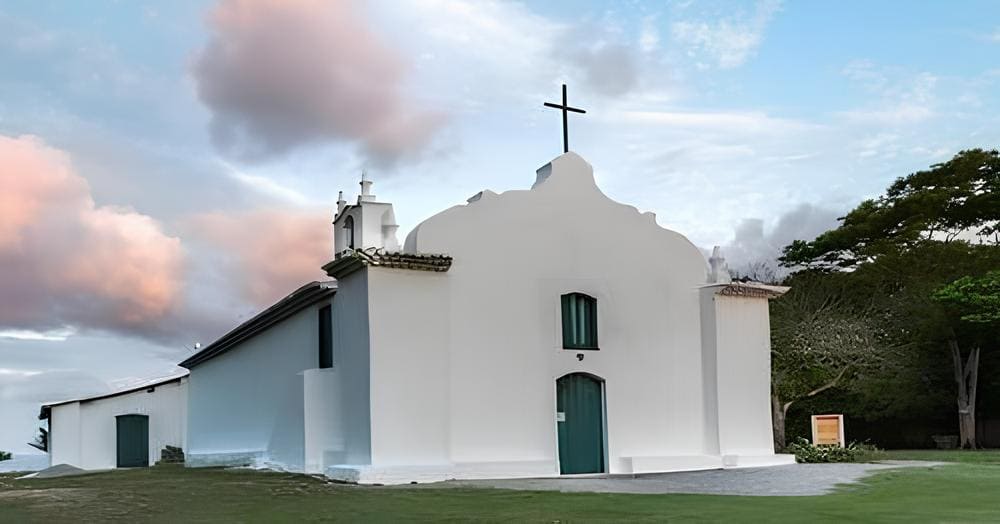

Ubatuba é uma daquelas joias escondidas entre montanhas verdes e o azul intenso do mar que conquista logo nos primeiros minutos de visita. Localizada no Litoral Norte de São Paulo,

Imagine um lugar onde o azul do mar se mistura ao verde das paisagens tropicais, onde a cultura pulsa em cada esquina e a gastronomia conquista no primeiro prato. Alagoas

Imagine um lugar onde o tempo desacelera, o mar beija a areia com suavidade e as noites são embaladas por conversas sob a luz das velas. Assim é Trancoso, um

Uma cidade que mistura história, cultura, praias e sabor nordestino — assim é São Luís (Maranhão). Situada em uma ilha no litoral do Nordeste, a capital maranhense é um convite

Imagine uma cidade onde história, mar e cultura se entrelaçam — onde as ruas são vivas, o mar verde e morninho convida ao descanso, e a gastronomia e o ritmo

Imagine um lugar onde dunas brancas se estendem até perder de vista; onde, após as chuvas, essas areias formam lagoas cristalinas que refletem o céu. Esse é o universo mágico